
Copernical Team
Friday, 10 November 2023 09:38
Gateway Review And Virtual Interior Tools for Astronaut Systems
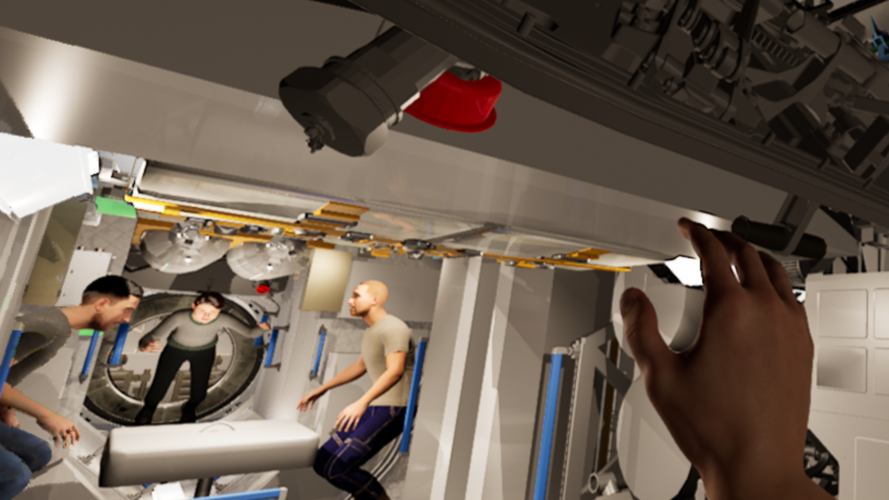 Image:
Gateway Review And Virtual Interior Tools for Astronaut Systems (GRAVITAS)
Image:
Gateway Review And Virtual Interior Tools for Astronaut Systems (GRAVITAS)
Published in
News
Tagged under
Friday, 10 November 2023 09:47
Human Inspirator
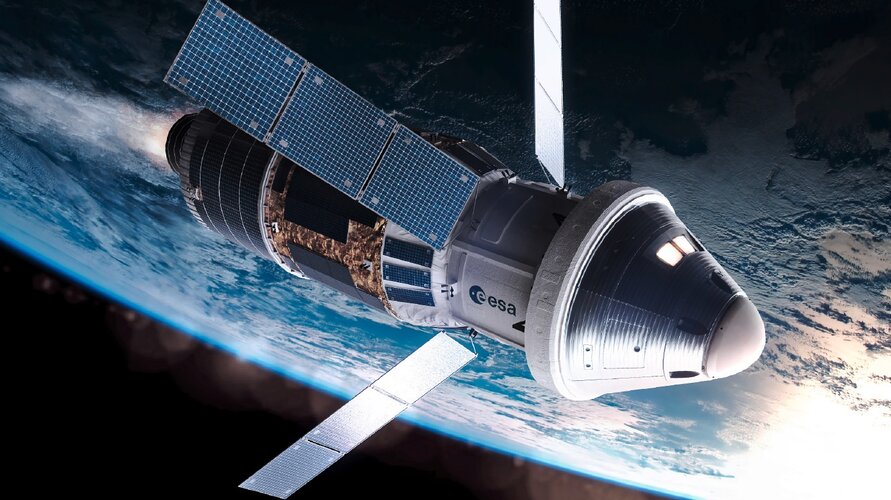 Image:
Human Inspirator (HICE)
Image:
Human Inspirator (HICE)
Published in
News
Tagged under
Friday, 10 November 2023 09:51
PANGAEA VR
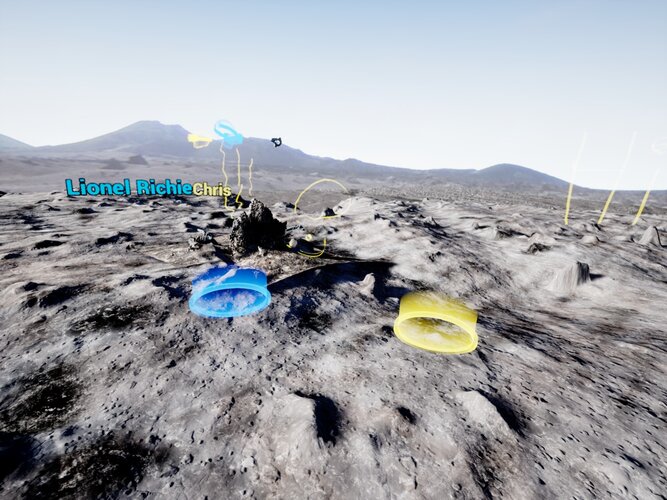 Image:
PANGAEA VR training tool
Image:
PANGAEA VR training tool
Published in
News
Tagged under
Friday, 10 November 2023 11:28
Hera asteroid mission hears the noise
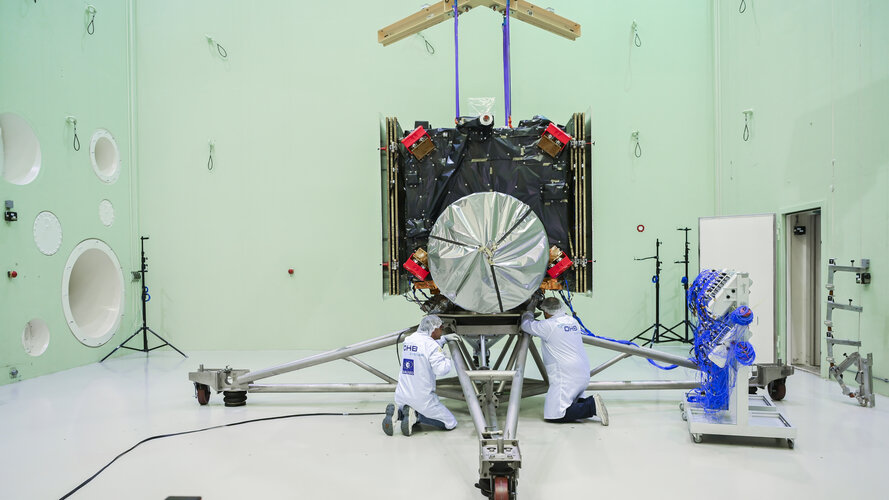
ESA’s Hera asteroid mission has completed acoustic testing, confirming the spacecraft can withstand the sound of its own lift-off into orbit. Testing took place within the Agency’s Large European Acoustic Facility at the ESTEC Test Centre in the Netherlands. This is Europe’s largest and most powerful sound system, fitted with a quartet of noise horns that can generate more than 154 decibels of extreme noise.
Published in
News
Tagged under
Friday, 10 November 2023 08:31
Terran Orbital Unveils Advanced Enterprise Satellite Buses for Next-Gen Space Missions
Los Angeles CA (SPX) Nov 10, 2023
 Terran Orbital (NYSE: LLAP), a trailblazer in satellite technology, has expanded its innovative product line with the introduction of two new configurations of the Enterprise-class bus, supplementing its standard product offerings initially launched last September. This latest announcement from Terran Orbital introduces configurations that promise to redefine the benchmarks for satellite technol
Terran Orbital (NYSE: LLAP), a trailblazer in satellite technology, has expanded its innovative product line with the introduction of two new configurations of the Enterprise-class bus, supplementing its standard product offerings initially launched last September. This latest announcement from Terran Orbital introduces configurations that promise to redefine the benchmarks for satellite technol
 Terran Orbital (NYSE: LLAP), a trailblazer in satellite technology, has expanded its innovative product line with the introduction of two new configurations of the Enterprise-class bus, supplementing its standard product offerings initially launched last September. This latest announcement from Terran Orbital introduces configurations that promise to redefine the benchmarks for satellite technol
Terran Orbital (NYSE: LLAP), a trailblazer in satellite technology, has expanded its innovative product line with the introduction of two new configurations of the Enterprise-class bus, supplementing its standard product offerings initially launched last September. This latest announcement from Terran Orbital introduces configurations that promise to redefine the benchmarks for satellite technol
Published in
News
Tagged under
Friday, 10 November 2023 08:31
SES Space and Defense Secures DoD Medium Earth Orbit Services Contract
Los Angeles CA (SPX) Nov 10, 2023
 SES Space and Defense, a subsidiary of the global satellite operator SES, recently secured a substantial contract with the U.S. Department of Defense (DoD), valued just shy of $270 million over a five-year span. This single award Blanket Purchase Agreement (BPA) underscores a pivotal shift toward integrating commercial satellite capabilities into the fabric of military communications, a move tha
SES Space and Defense, a subsidiary of the global satellite operator SES, recently secured a substantial contract with the U.S. Department of Defense (DoD), valued just shy of $270 million over a five-year span. This single award Blanket Purchase Agreement (BPA) underscores a pivotal shift toward integrating commercial satellite capabilities into the fabric of military communications, a move tha
 SES Space and Defense, a subsidiary of the global satellite operator SES, recently secured a substantial contract with the U.S. Department of Defense (DoD), valued just shy of $270 million over a five-year span. This single award Blanket Purchase Agreement (BPA) underscores a pivotal shift toward integrating commercial satellite capabilities into the fabric of military communications, a move tha
SES Space and Defense, a subsidiary of the global satellite operator SES, recently secured a substantial contract with the U.S. Department of Defense (DoD), valued just shy of $270 million over a five-year span. This single award Blanket Purchase Agreement (BPA) underscores a pivotal shift toward integrating commercial satellite capabilities into the fabric of military communications, a move tha
Published in
News
Tagged under
Friday, 10 November 2023 08:31
Northrop Grumman Finalizes Key Trials for Arctic Communications Satellites
Los Angeles CA (SPX) Nov 10, 2023
 Northrop Grumman Corporation (NYSE: NOC) has successfully completed a series of pivotal Thermal Vacuum tests on the Arctic Satellite Broadband Mission (ASBM), paving the way for enhanced broadband communications in the strategically significant Northern polar region. This two-satellite constellation is an integral component of a collaborative effort involving the U.S. Space Force and Space Norwa
Northrop Grumman Corporation (NYSE: NOC) has successfully completed a series of pivotal Thermal Vacuum tests on the Arctic Satellite Broadband Mission (ASBM), paving the way for enhanced broadband communications in the strategically significant Northern polar region. This two-satellite constellation is an integral component of a collaborative effort involving the U.S. Space Force and Space Norwa
 Northrop Grumman Corporation (NYSE: NOC) has successfully completed a series of pivotal Thermal Vacuum tests on the Arctic Satellite Broadband Mission (ASBM), paving the way for enhanced broadband communications in the strategically significant Northern polar region. This two-satellite constellation is an integral component of a collaborative effort involving the U.S. Space Force and Space Norwa
Northrop Grumman Corporation (NYSE: NOC) has successfully completed a series of pivotal Thermal Vacuum tests on the Arctic Satellite Broadband Mission (ASBM), paving the way for enhanced broadband communications in the strategically significant Northern polar region. This two-satellite constellation is an integral component of a collaborative effort involving the U.S. Space Force and Space Norwa
Published in
News
Tagged under
Friday, 10 November 2023 08:31
Momentus and RIDE! Space collaborate to connect SmallSat operators for In-Space Services
San Jose CA (SPX) Nov 10, 2023
 Momentus Inc. (NASDAQ: MNTS), a pioneer in the space transport sector, has announced a significant partnership with the Paris-based New Space company, RIDE! Space, aiming to streamline satellite launch services. This collaboration is set to include the deployment of Gaindesat and Djibouti payloads scheduled for a joint mission in 2024.
Since its inception in 2020, RIDE! Space has committed
Momentus Inc. (NASDAQ: MNTS), a pioneer in the space transport sector, has announced a significant partnership with the Paris-based New Space company, RIDE! Space, aiming to streamline satellite launch services. This collaboration is set to include the deployment of Gaindesat and Djibouti payloads scheduled for a joint mission in 2024.
Since its inception in 2020, RIDE! Space has committed
 Momentus Inc. (NASDAQ: MNTS), a pioneer in the space transport sector, has announced a significant partnership with the Paris-based New Space company, RIDE! Space, aiming to streamline satellite launch services. This collaboration is set to include the deployment of Gaindesat and Djibouti payloads scheduled for a joint mission in 2024.
Since its inception in 2020, RIDE! Space has committed
Momentus Inc. (NASDAQ: MNTS), a pioneer in the space transport sector, has announced a significant partnership with the Paris-based New Space company, RIDE! Space, aiming to streamline satellite launch services. This collaboration is set to include the deployment of Gaindesat and Djibouti payloads scheduled for a joint mission in 2024.
Since its inception in 2020, RIDE! Space has committed
Published in
News
Tagged under
Friday, 10 November 2023 08:31
Iridium Set to Directly Partner with OEMs Following Qualcomm Agreement Termination
McLean VA (SPX) Nov 10, 2023
 In a strategic shift that underscores the evolving landscape of global satellite communications, Iridium Communications Inc. (NASDAQ: IRDM), has announced an update to its partnership with Qualcomm Technologies, Inc., a subsidiary of QUALCOMM Incorporated.
The announcement comes in the wake of a previous agreement wherein Iridium and Qualcomm aimed to integrate satellite messaging and emer
In a strategic shift that underscores the evolving landscape of global satellite communications, Iridium Communications Inc. (NASDAQ: IRDM), has announced an update to its partnership with Qualcomm Technologies, Inc., a subsidiary of QUALCOMM Incorporated.
The announcement comes in the wake of a previous agreement wherein Iridium and Qualcomm aimed to integrate satellite messaging and emer
 In a strategic shift that underscores the evolving landscape of global satellite communications, Iridium Communications Inc. (NASDAQ: IRDM), has announced an update to its partnership with Qualcomm Technologies, Inc., a subsidiary of QUALCOMM Incorporated.
The announcement comes in the wake of a previous agreement wherein Iridium and Qualcomm aimed to integrate satellite messaging and emer
In a strategic shift that underscores the evolving landscape of global satellite communications, Iridium Communications Inc. (NASDAQ: IRDM), has announced an update to its partnership with Qualcomm Technologies, Inc., a subsidiary of QUALCOMM Incorporated.
The announcement comes in the wake of a previous agreement wherein Iridium and Qualcomm aimed to integrate satellite messaging and emer
Published in
News
Tagged under


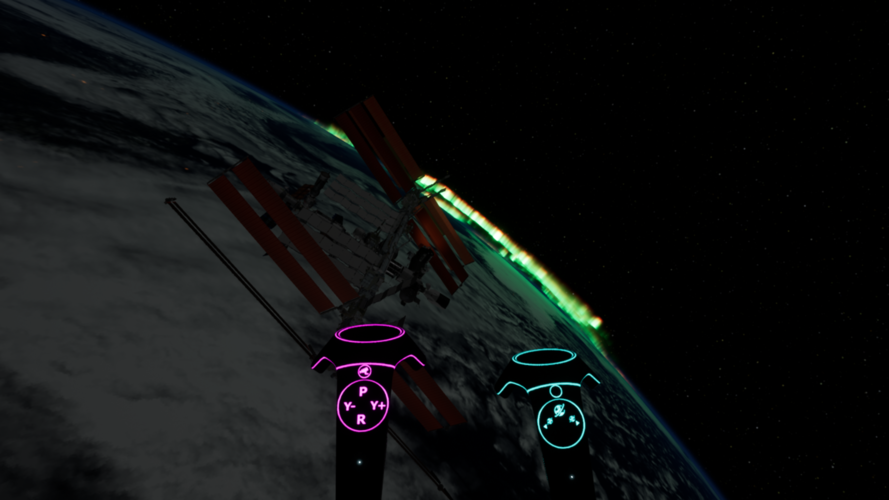 Image:
JIVE
Image:
JIVE